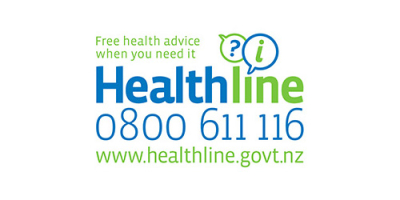Initiative helps streamline X-ray examinations
If a patient fails a cough reflex test or is having swallowing problems due to head and neck cancer, stroke or a neurological disease, they may be sent for a videofluoroscopy.
 During the procedure barium sulfate, a metallic compound that shows up on x-rays, is mixed with food.
During the procedure barium sulfate, a metallic compound that shows up on x-rays, is mixed with food.
This allows the speech language therapist (SLT) to analyse the complex muscle movements involved in swallowing and assess whether food or liquid is entering a person’s lungs.
A recent initiative, led by SLT Freya Davison, has made the process for getting a VFS more streamlined for patients.
Previously a videofluoroscopy involved the presence of a radiologist, along with a medical imaging technician (MIT) and an SLT.
Freya’s initiative meant a radiologist was no longer required to be present for a VFS on low-risk patients.
“The radiology team is often under pressure, room availability is tight and it can be difficult to line up a MIT and a radiologist at the same time,” says Freya. “While we appreciate having radiologists with us this can sometimes impact on the timeliness of getting a VFS done.”
The radiology team leader assisted in determining which patient groups would be suitable for VFS without a radiologist present. Collaboration with the lead MIT was also important as their role also changed with this new process.
During the transition period the SLT team was well supported by the radiologists who checked the images and reports.
“Having one less person to schedule for a VFS has improved access for low-risk patients,” says Freya. “Patients can be seen sooner and this means we can get on to rehab programmes sooner and be more confident in our treatment recommendations.”





